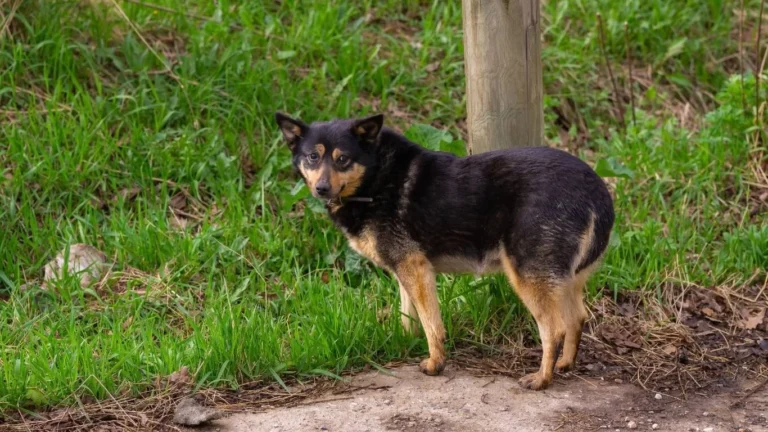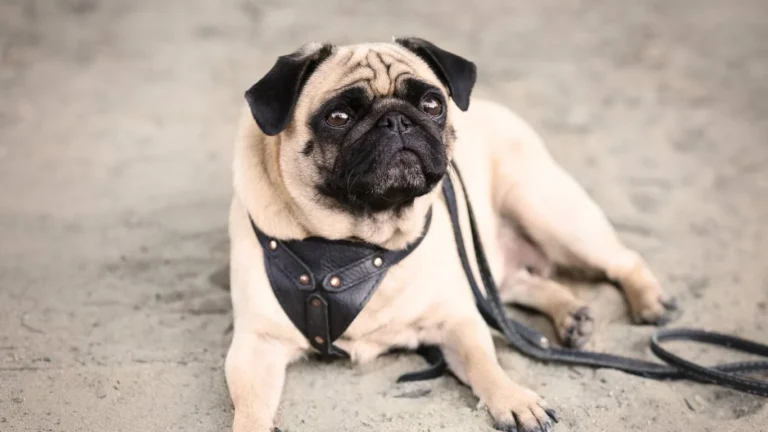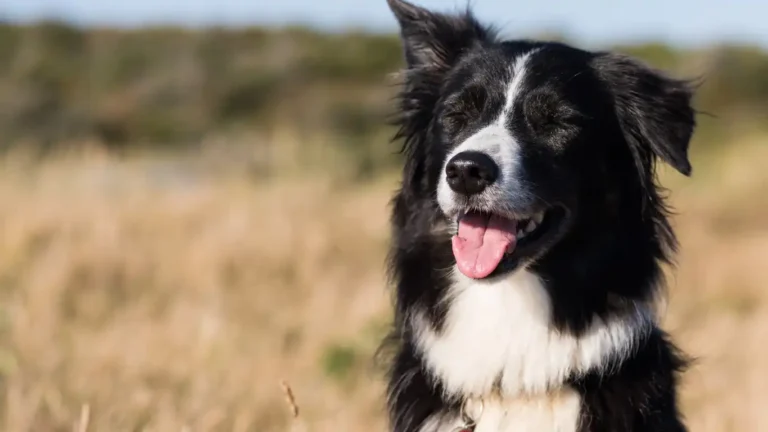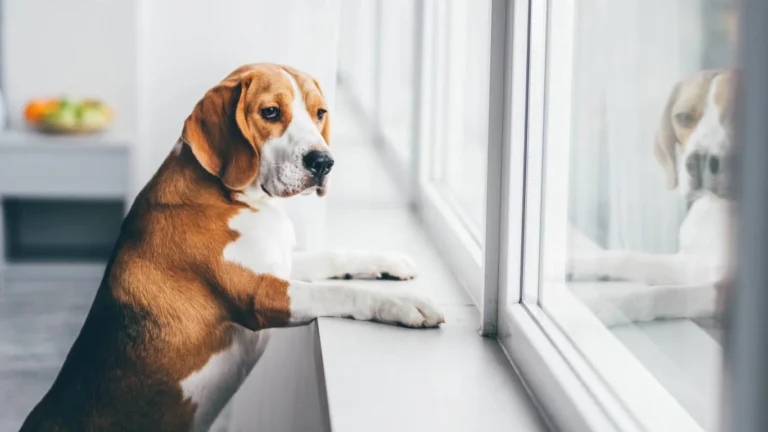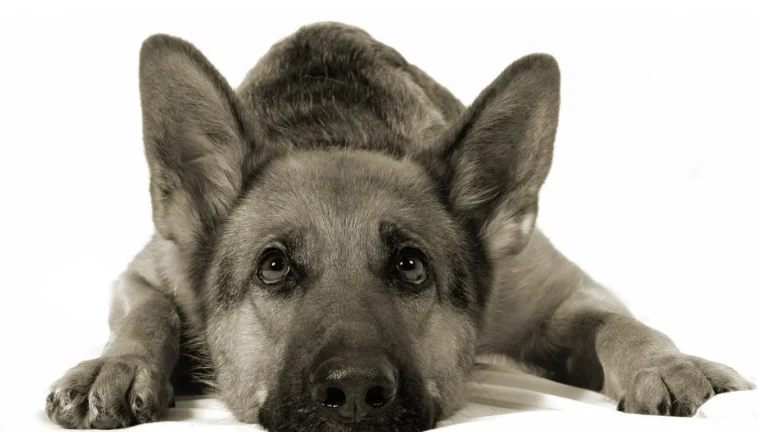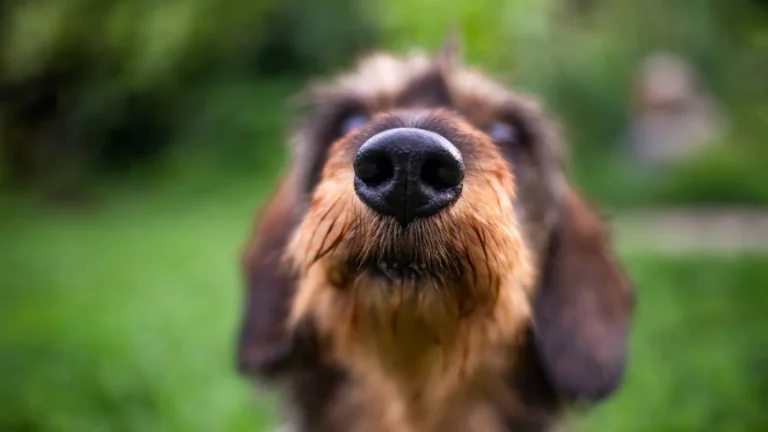Stop Your Dog from Licking Wounds: Proven Tips for Quick Healing
If you’re wondering how to stop a dog from licking a wound excessively, you’re definitely not alone. As someone who’s spent years as a Veterinary Assistant with a focus on nutrition, I’ve seen firsthand how tricky wound care can get. Believe me, keeping a determined pup from turning a minor scrape into a major issue takes more than just a scolding. Dogs are natural groomers — it’s just what they do — but excessive licking can actually slow healing, cause infections, or even rip open stitches. So, what can we do to help our furry friends heal faster and safer? Let’s dive into it together!
Why Do Dogs Lick Their Wounds?
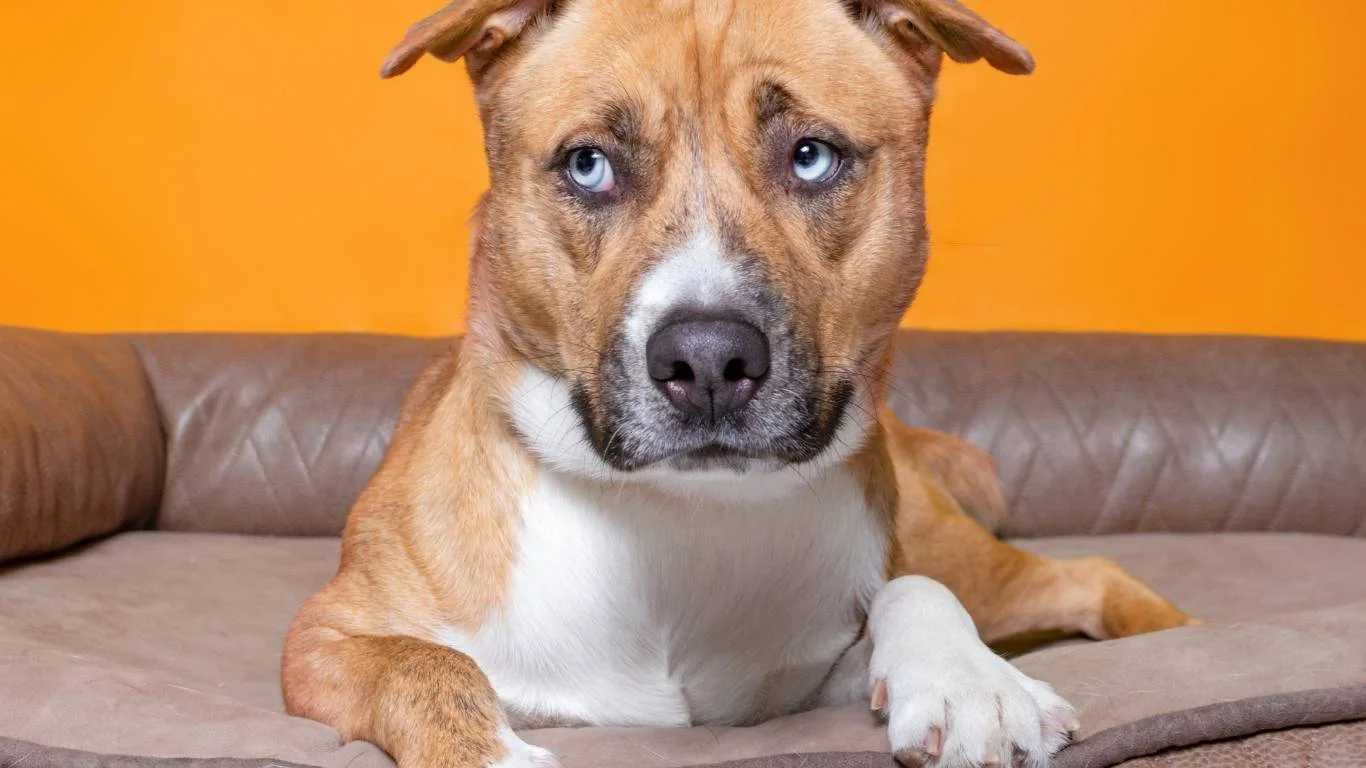
First things first, it’s important to understand why our dogs are obsessed with licking their wounds in the first place. When I first started out in the clinic, I noticed that explaining the “why” to pet parents made it so much easier for them to manage the “how.”
- Instinctual Behavior: Dogs have a natural instinct to lick wounds because their saliva contains enzymes that help clean the area. Mother Nature’s first aid kit, if you will!
- Pain Relief: Licking can offer a soothing sensation, similar to how we might rub a sore muscle.
- Anxiety or Boredom: Sometimes the wound becomes a focus for nervous energy, especially if the dog is stuck inside more than usual.
- Attention-Seeking: Honestly, some of our clever pups figure out that we fuss over them when they lick their wound… and they milk it for all it’s worth!
Understanding these reasons can help us choose the best strategy for intervention. Not every solution fits every dog, and that’s where your intuition as a pet parent kicks in.
How to Stop a Dog from Licking a Wound Excessively: Proven Tips That Work
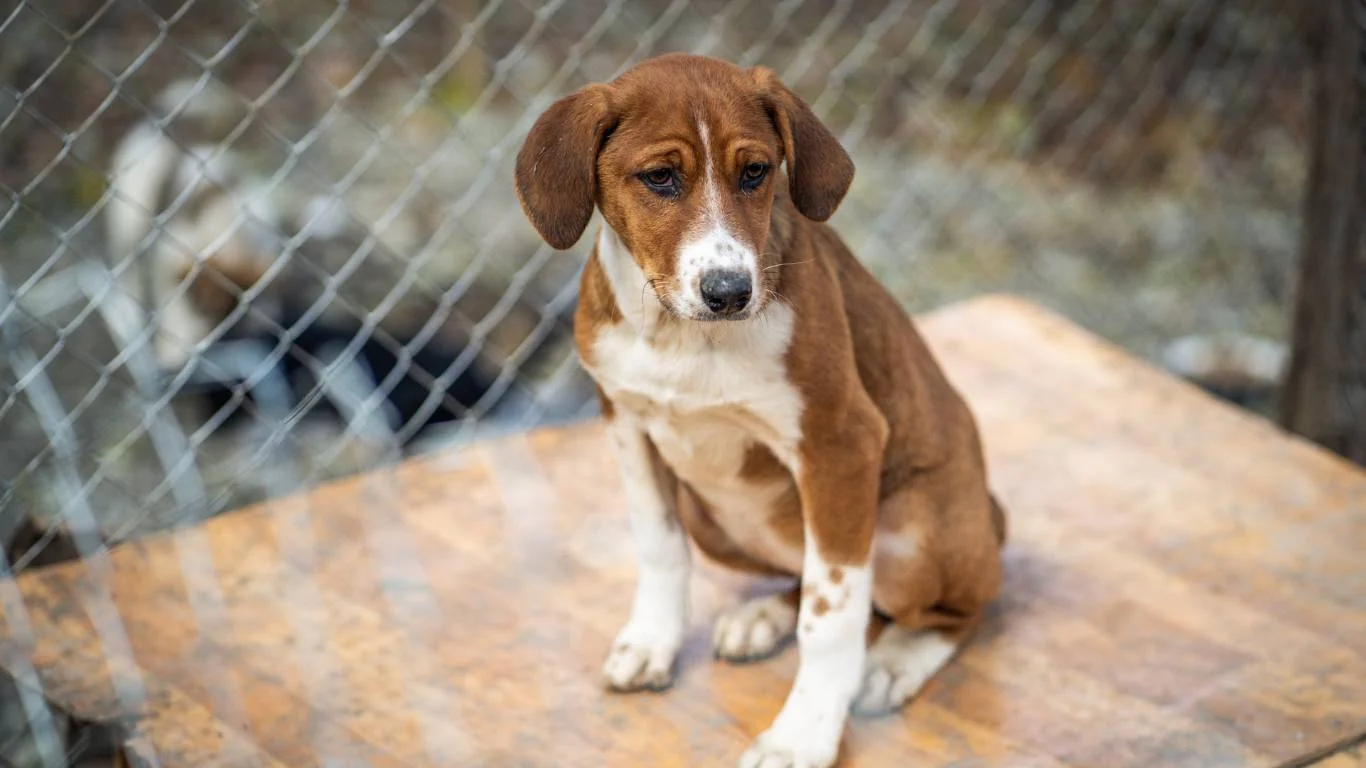
Now, let’s get to the good stuff. Based on my hands-on experience and what’s worked for hundreds of my clients, here’s a breakdown of practical, vet-approved solutions for stopping the lick-fest.
1. Use an Elizabethan Collar (a.k.a. the “Cone of Shame”)
Yeah, yeah, I know — nobody likes these things, least of all the dog wearing it. But when used properly, an E-collar can be a real lifesaver. When I worked in post-surgical care, the cone was non-negotiable for many patients.
- Choose the Right Size: Too small and they can still reach their wound; too big and they can’t move without knocking everything over!
- Soft Versions Available: Inflatable or soft fabric cones are more comfortable alternatives if the hard plastic type stresses your pup out.
2. Try Medical Pet Shirts
These nifty outfits look like doggy onesies, but they’re actually designed to keep wounds covered and protected. I recommend them a lot for dogs who get super anxious with cones. Bonus: they’re adorable.
- Breathable Material: Make sure it’s light and breathable to avoid trapping moisture around the wound.
- Easy Access for Monitoring: Choose a design that allows you to easily check the wound without removing the whole thing.
3. Keep Your Dog Mentally Stimulated
One thing I noticed early in my career: bored dogs are naughty dogs. Giving them something better to focus on can massively reduce licking behaviors.
- Interactive Toys: Puzzle feeders and treat-dispensing balls are fantastic distractions.
- Training Sessions: A few 5-minute training bursts during the day can tire their brain and body.
- Chew Alternatives: Offer safe chews approved by your vet to satisfy their urge to mouth something.
4. Apply Safe, Vet-Recommended Topicals
Some pet-safe wound sprays or gels taste bitter and discourage licking. But — huge emphasis here — always check with your vet before putting anything on an open wound.
During my time assisting with wound management cases, I’ve seen some miraculous recoveries simply because the owner was diligent about keeping the area clean and used an approved deterrent product. No guesswork — straight from the vet’s recommendation.
Recognizing When Licking Becomes a Bigger Problem
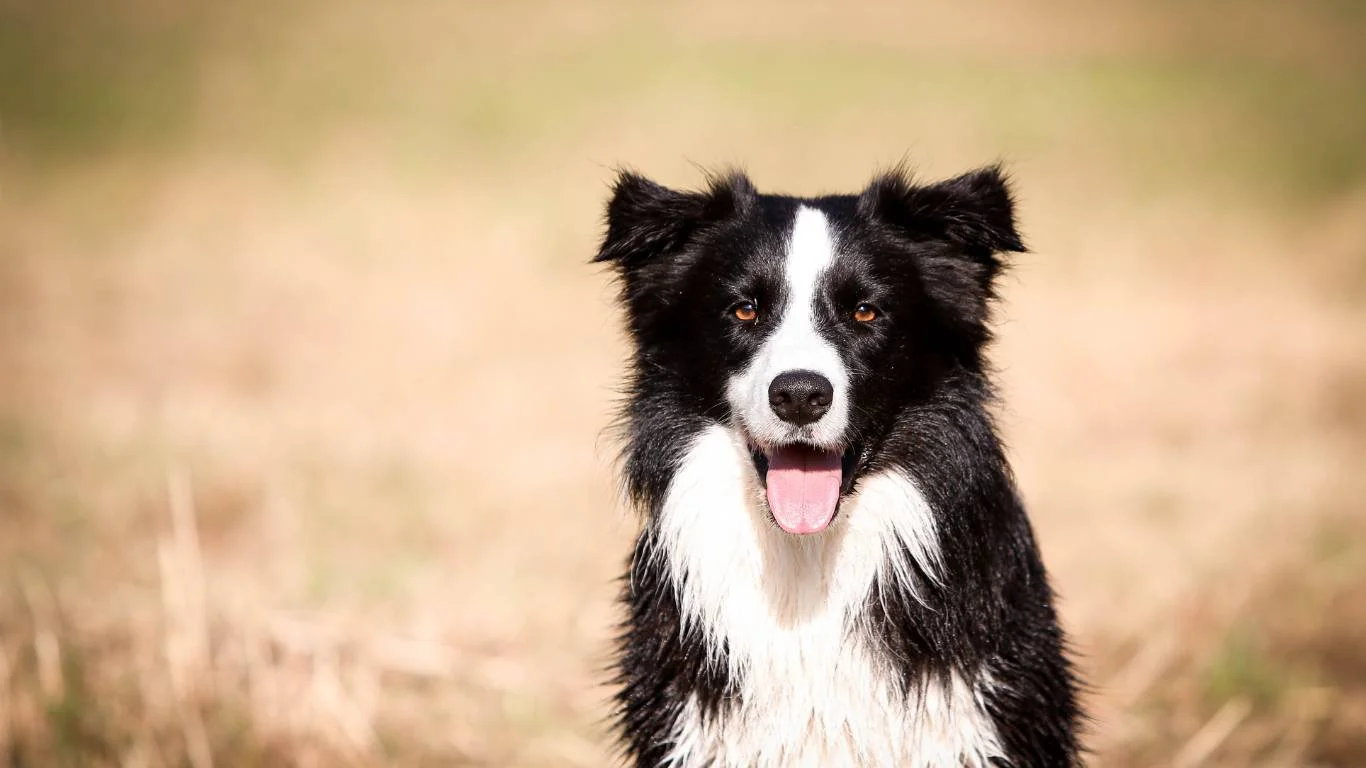
Sometimes, despite our best efforts, a dog keeps going at their wound. That’s when it’s time to dig a little deeper. From my experience in clinic triage, persistent licking can mean the wound is infected, painful, or healing poorly. Here’s what to watch for:
- Redness and Swelling: Signs of inflammation that shouldn’t be ignored.
- Discharge or Foul Smell: Indicators of possible infection needing urgent vet care.
- Behavior Changes: Lethargy, whining, or refusing food? Big red flags to get checked out ASAP.
When in doubt, call your vet. I always told pet parents — you know your dog better than anyone. If something feels off, trust your gut and seek professional advice. Better safe than sorry when it comes to wound healing!
Alternative Solutions for Persistent Lickers
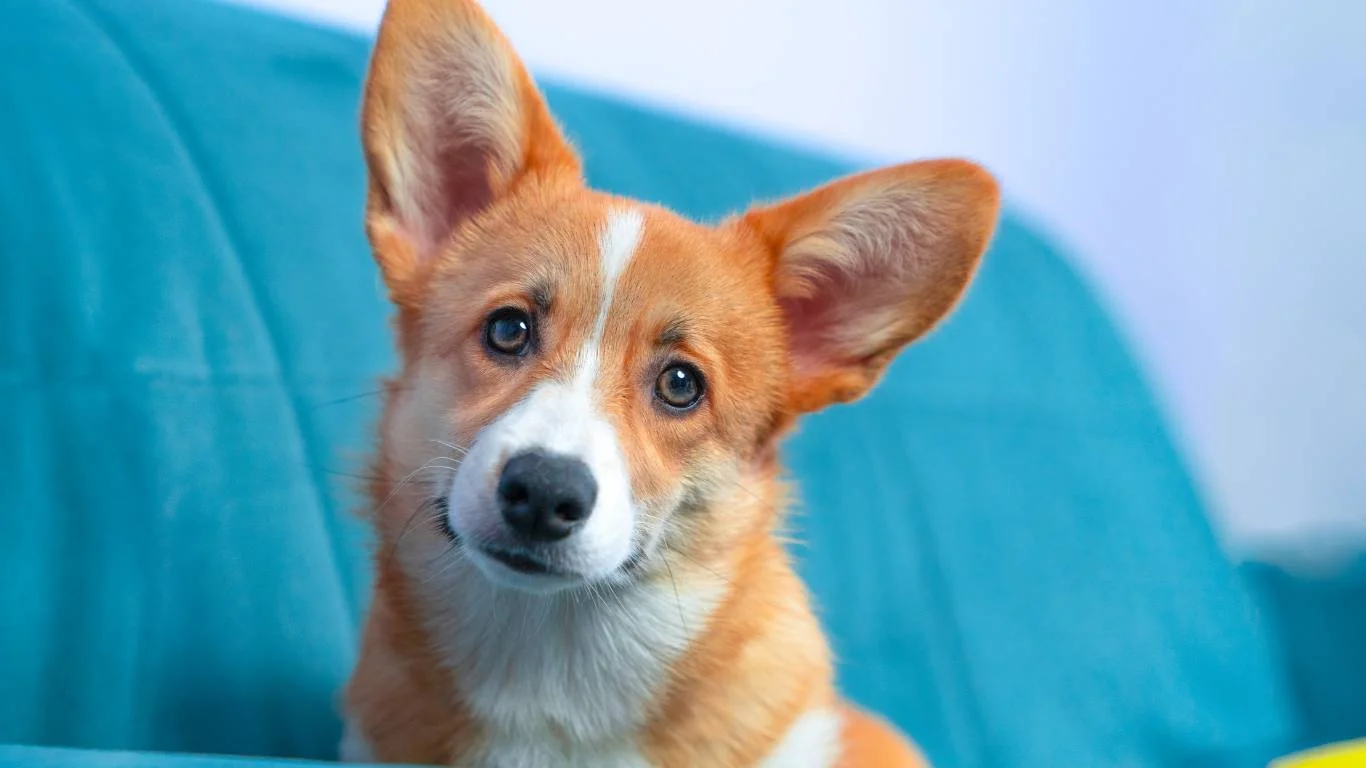
Sometimes, even after trying cones, shirts, and distractions, some determined pups just won’t quit. Honestly, I’ve met some dogs that could give Houdini a run for his money with the ways they worked around traditional barriers. In those cases, it’s time to think a little outside the box.
1. Taste Deterrent Sprays
I can’t even count how many times I recommended bitter-tasting sprays during my time at the clinic. Some of them really do the trick — one whiff and taste, and your dog will think twice about going back for another lick.
- Vet-Approved Only: Always pick a product your veterinarian recommends to ensure it’s safe for open wounds.
- Patch Test First: Do a little patch test on a small area to make sure your dog doesn’t have a skin reaction.
Quick tip from experience: Reapply the spray consistently, because it wears off faster than you think, especially if your dog is a drooler!
2. Behavioral Training
When licking becomes more of a compulsive behavior than a healing instinct, behavioral training can be a game-changer. Honestly, this is where patience really shines. I worked with a few trainers who showed me how positive reinforcement could redirect licking tendencies in stubborn cases.
- Reward Good Behavior: Treats, praise, and playtime when your dog leaves the wound alone.
- Use Command Cues: Teaching a cue like “leave it” can be powerful when practiced consistently.
Just a heads-up: This method takes time and won’t work overnight, but it’s a fantastic investment in your dog’s long-term mental health and obedience skills.
Home Care Tips to Speed Up Healing
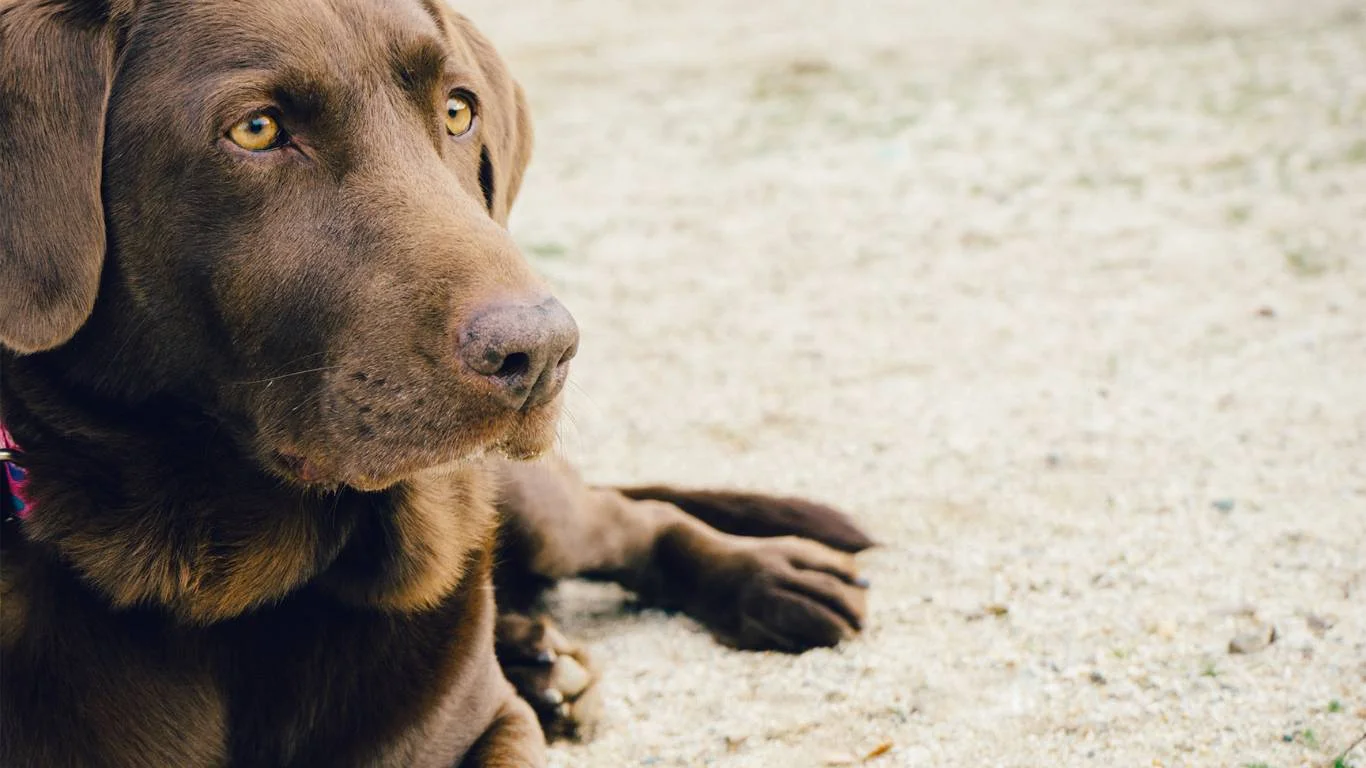
Over the years, I’ve seen that the better the home care, the faster the healing — and the fewer opportunities your dog will have to mess with the wound. Here are some simple but super effective strategies you can implement right at home:
Keep the Wound Clean and Dry
I know it’s tempting to fuss over a wound constantly, but less is often more. Gentle cleaning, as directed by your vet, and keeping the area dry is key. Moist environments invite bacteria — and we definitely don’t want to roll out the red carpet for an infection.
Stick to Vet-Recommended Medications
Whether it’s antibiotics, ointments, or anti-inflammatory meds, sticking to the treatment plan can mean the difference between quick recovery and prolonged healing. I’ve seen dogs bounce back within a week just because the owner was religious about the meds. No shortcuts here, my friend!
Limit Physical Activity
When dogs are overactive, they risk reopening wounds — especially surgical sites. I’ve told so many pet parents: “Think of your dog like an athlete on injured reserve. They need rest to recover, not a backyard sprint session.”
- Short, supervised potty breaks only.
- No jumping on couches or beds.
- Leash walks instead of free-roaming until fully healed.
When Professional Help Is Non-Negotiable
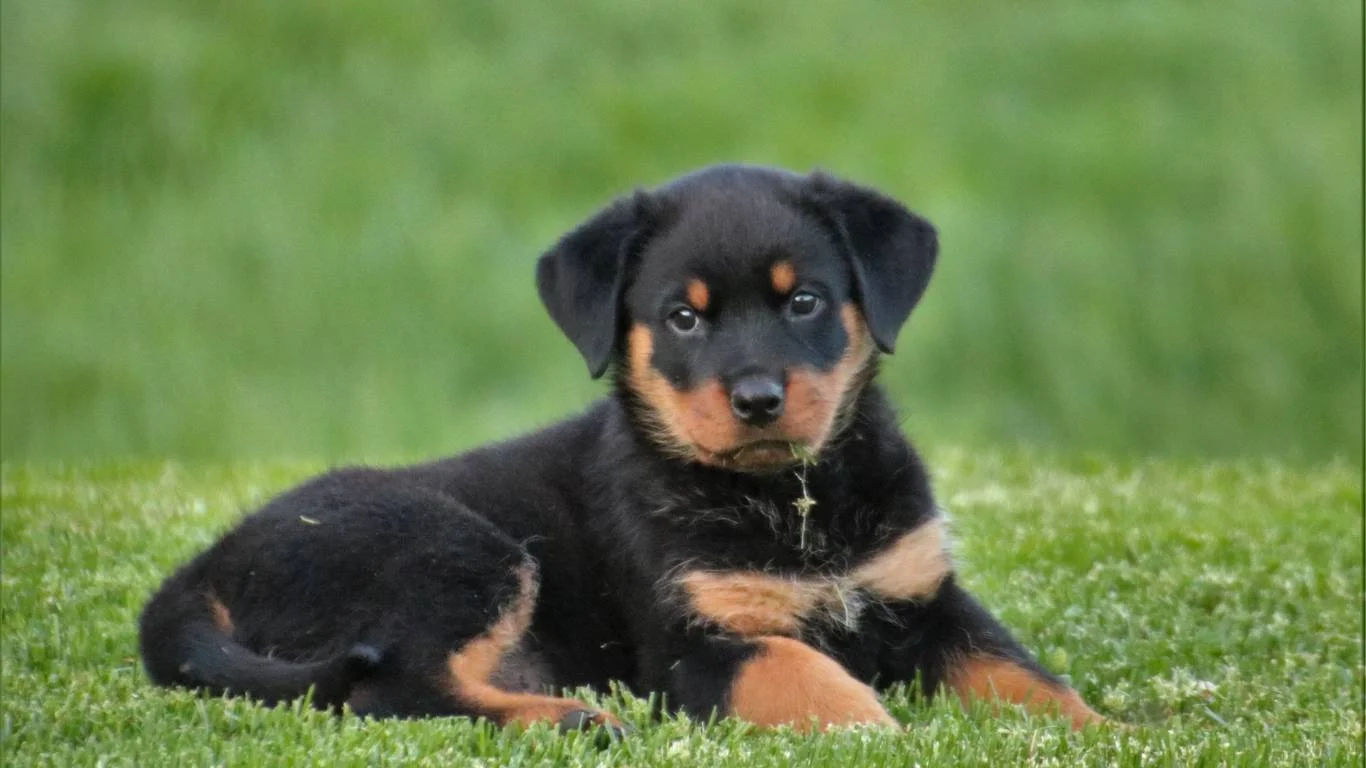
Sometimes, no matter how much love and effort you pour into home care, a situation calls for a vet’s expertise. And that’s perfectly okay — actually, it’s the smartest thing you can do for your pup.
Signs It’s Time to Call the Vet
- Persistent Swelling: If the wound area looks puffier than day one, something’s up.
- Pus or Foul Odor: Clear discharge can be normal early on, but any yellow, green, or smelly ooze? That’s trouble.
- Behavioral Changes: A usually peppy pup that suddenly becomes withdrawn, whiny, or aggressive could be in pain or sick.
- Bleeding That Won’t Stop: If bleeding continues beyond a few minutes after a minor incident, it needs medical attention ASAP.
One thing I used to reassure worried pet parents about: vets would always rather see a dog early in a problem than too late. There’s absolutely zero shame in picking up the phone if you’re even a little concerned.
Real-Life Story: How Tucker Beat the Lick
Let me share a little success story from my clinic days. Tucker, a bouncy Labrador with a tail that could knock over a toddler, came in with a gnarly cut on his hind leg. Sweet boy, but man, he would not leave it alone — even chewed through two cones!
After a quick brainstorming session, his owners and I got creative. We combined an inflatable donut collar (softer and less annoying for him), a taste deterrent spray, a custom medical wrap, and loads of training sessions with treats every time he left his leg alone. Within a week, he was healing beautifully, no infections, no setbacks. And honestly? Tucker’s owners felt like total rockstars — because they were!
The key? Consistency, teamwork, and a whole lot of patience. Plus, a little bit of trial and error, which is totally normal. Every dog is different, and finding what works best for your fur baby might take a couple of tries.
Boosting Recovery: How Nutrition Supports Wound Healing

Here’s something that often gets overlooked when people wonder how to stop a dog from licking a wound excessively: the role of good nutrition. Honestly, during my years working with veterinary nutritionists, I learned that you can’t separate healing from diet. They go hand-in-paw!
When a dog’s body has the right building blocks, it can repair itself faster — which means less time dealing with the itchiness and discomfort that trigger licking in the first place.
Key Nutrients for Faster Healing
- Protein: Essential for tissue repair and building new cells. Think high-quality meats or vet-recommended supplements.
- Omega-3 Fatty Acids: Found in fish oils, they help control inflammation naturally. Plus, a shinier coat as a bonus!
- Vitamins A and C: Support skin health and immune response, speeding up wound closure.
- Zinc: This powerhouse mineral boosts healing and helps prevent infection risks.
If you’re unsure about the best diet during recovery, a quick chat with your vet or a veterinary nutritionist is golden. Trust me, a tailored plan can make all the difference.
DIY Recovery Aids to Help Your Pup Heal

Sometimes the best solutions come from a little creativity. When I was working closely with pet parents, we often brainstormed DIY recovery hacks that were budget-friendly and effective. Here are a few favorites:
Homemade Recovery Shirts
If you don’t have a medical pet shirt handy, a snug (but not tight) baby onesie can work wonders for covering certain wounds. Just make sure it’s breathable and you monitor it often for any signs of irritation.
Soft Bedding for Rest
Giving your dog a cozy, supportive place to rest keeps pressure off wounds and reduces stress. In the clinic, we used memory foam beds lined with washable covers to keep everything hygienic and comfy.
Frozen Treat Distractions
DIY frozen treats can work like magic. During healing, I recommended stuffing a Kong with peanut butter (make sure it’s xylitol-free!) and freezing it. It kept their brains busy — and their tongues away from wounds.
- Tip: Mix plain yogurt with a little pumpkin puree for a gut-healthy frozen snack!
Wound Prevention: Setting Your Dog Up for Success
Once your dog’s wound finally heals (hooray!), it’s time to start thinking about prevention. It might sound obvious, but after seeing so many repeat visitors at the clinic, I can tell you: a little prep goes a long way in avoiding future injuries and all the stress that comes with them.
Regular Grooming
Keeping nails trimmed, coats brushed, and skin healthy can prevent a lot of minor scrapes that spiral into bigger issues. Plus, grooming sessions are awesome bonding time — something I always encouraged pet parents to enjoy!
Safe Play Environments
Inspect your yard or favorite parks regularly. Broken fences, sharp objects, or even aggressive animals can all pose a risk. I learned early on that a quick five-minute check could save a vet visit later.
Protective Gear for Active Dogs
If you’ve got a super-active adventurer (like a hiking buddy or a field runner), protective boots or padded vests can safeguard against cuts, scrapes, and hot pavement burns. They might look a little silly, but your pup will thank you later.
Final Thoughts on Helping Your Dog Heal Safely
Helping your dog through an injury — and keeping them from obsessively licking their wounds — takes a lot of patience, creativity, and love. But trust me, you’re not alone in this. Every pet parent faces this challenge at some point. With a little teamwork between you, your pup, and your veterinary team, you can navigate it smoothly and come out stronger on the other side.
One last thing I always told new clients: healing isn’t just physical — it’s emotional too. Celebrate the small wins, cuddle a little extra, and don’t be too hard on yourself if there are a few bumps along the road. You’re doing an amazing job just by caring so much.
References
Disclaimer
This article is for informational purposes only and is based on my personal experiences as a Veterinary Assistant with a focus on nutrition. It should not be considered a substitute for professional veterinary advice, diagnosis, or treatment. Always consult your veterinarian for specific questions about your pet’s health and wound care needs.

